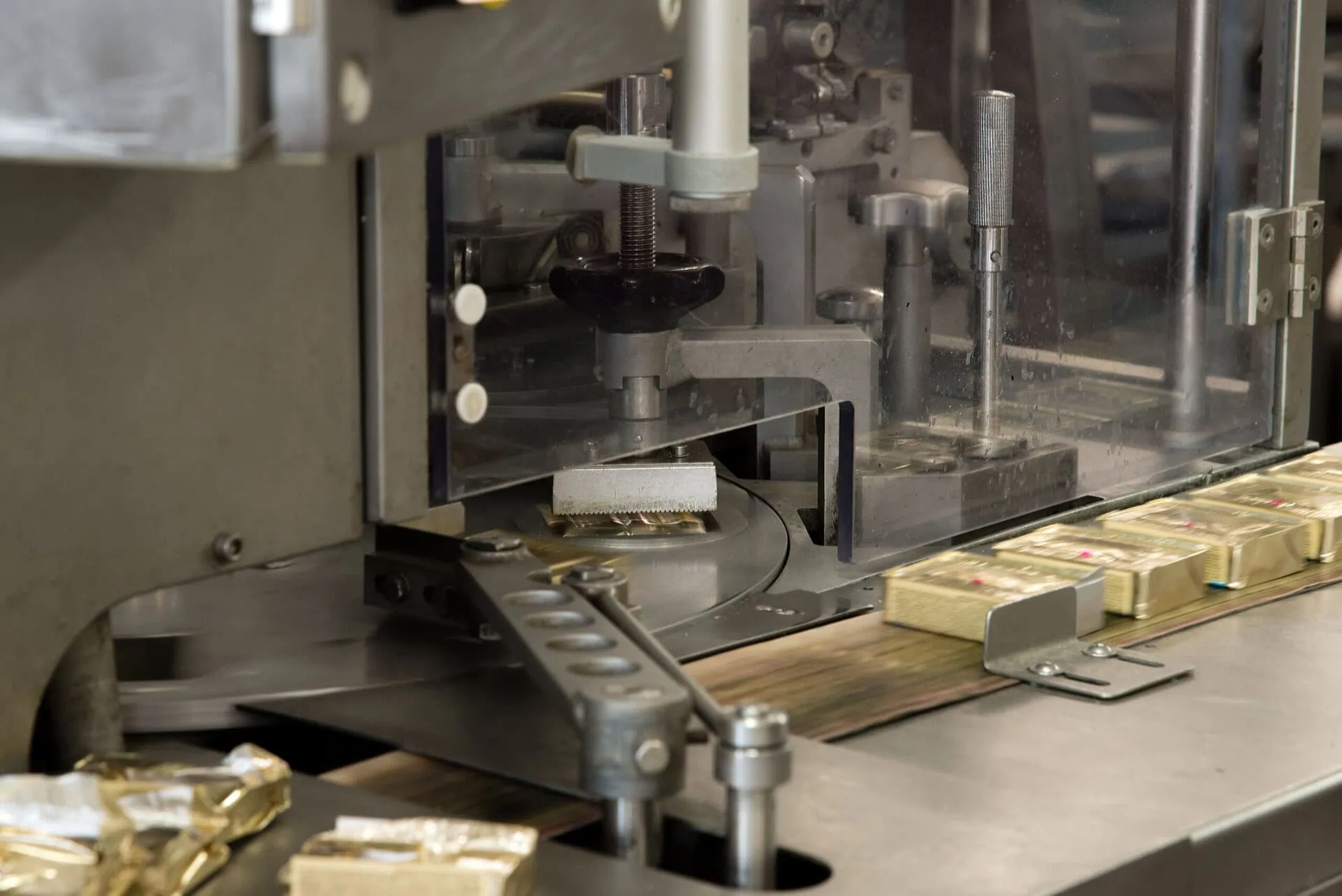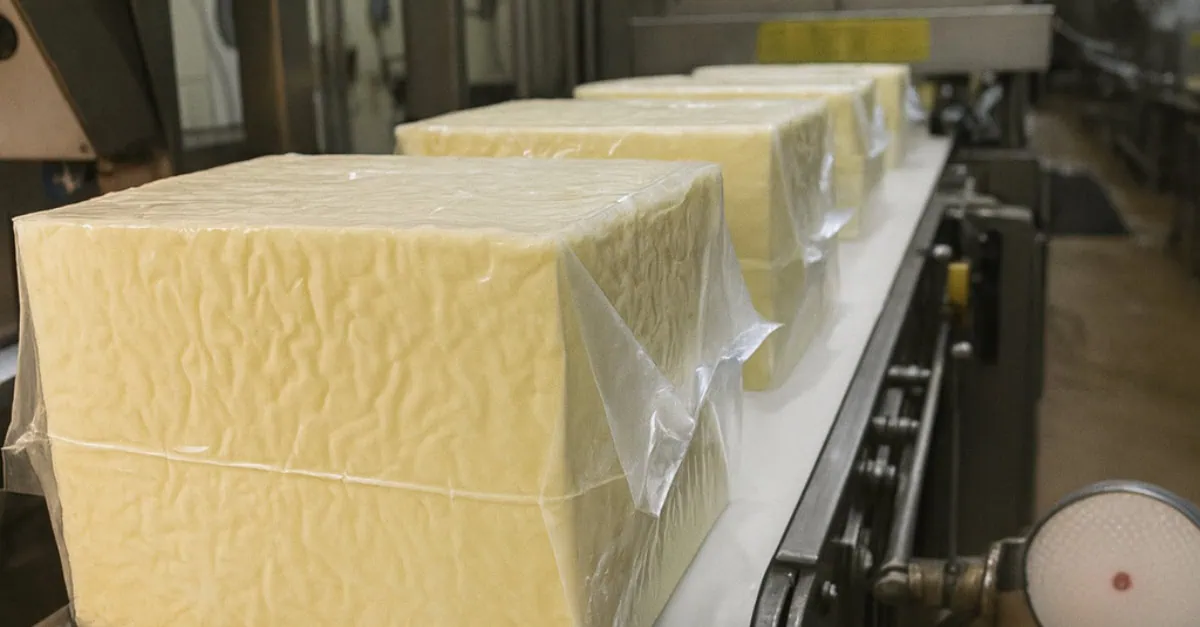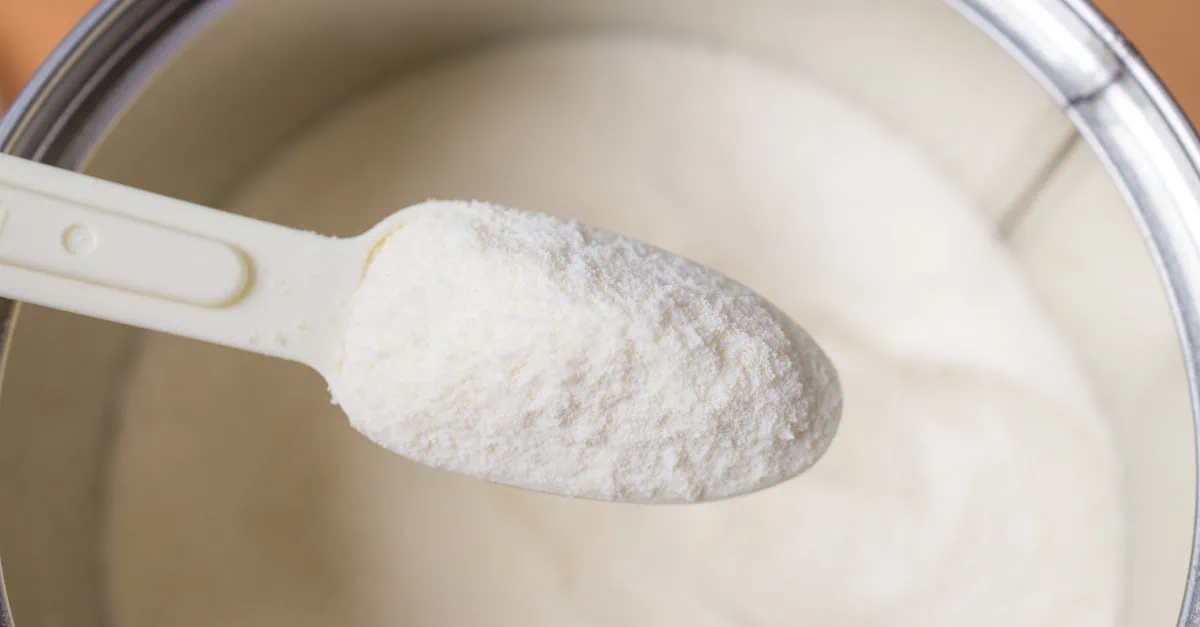The European butter market is buckling under the weight of a massive oversupply, with production surging well ahead of demand and prices continuing their downward trajectory as sellers struggle to find buyers willing to take on additional volumes.
Europe produced 86,000 metric tons more butter in the first three quarters of 2025 compared to the same period in 2024, marking a 5.09% increase in output. When factoring in lower exports, higher imports, and consumption that remains stable at best, the actual surplus swells to 106,000 metric tons, a figure that continues growing as the region approaches its seasonal flush period.
The production increase varies dramatically across the region, with Germany recording a 24.77% jump in butter output. This surge in manufacturing comes at a time when cream remains readily available and cheap at €5,500 per metric ton, incentivizing processors to continue churning out butter despite weakening market conditions.
The EU Vesper Price Index for butter currently sits at €4,500 per metric ton (€5,210 EXW), equivalent to $2.36 per pound. These price levels reflect the challenging fundamentals facing the market, as European sellers find themselves competing not only with each other but also with substantial supplies from New Zealand and the United States in international markets.
Market activity has quietened considerably following another substantial price decline last week, during which buyers secured volumes for the first and second quarters of 2026. With many procurement managers already covered through Q4 2025, Q1 2026, and in some cases Q2 2026 and beyond, the spot market has thinned considerably, leaving sellers with limited options for moving product.
The European butter surplus exists within a broader context of global dairy oversupply. US butter remains the cheapest on the global market by a significant margin, as American producers contend with an exceptional glut of butterfat. Meanwhile, New Zealand’s recent Global Dairy Trade auction showed butter prices declining further, confirming that the current weakness spans all major producing regions.
Currency movements have added another layer of complexity for European exporters. The EUR/USD exchange rate has created persistent challenges for dairy traders attempting to compete in international markets, where favorable currency positioning can determine whether product moves or sits in storage.
Production costs in the European market remain low, with skim milk concentrate trading around €1,500 per metric ton. This cost structure suggests that even as prices decline, manufacturers maintain some margin to continue production, potentially extending the period of oversupply before output naturally moderates.
The fundamental outlook remains weak. The current surplus is expected to expand further over the coming months as milk intake remains strong and cream availability continues to incentivize butter production. Production growth is not expected to slow meaningfully until well into 2026, after both the European post-flush period and the conclusion of New Zealand’s seasonal peak.
For the full dairy market analysis including butter, SMP and WMP, visit: https://app.vespertool.com/market-analysis/2462





